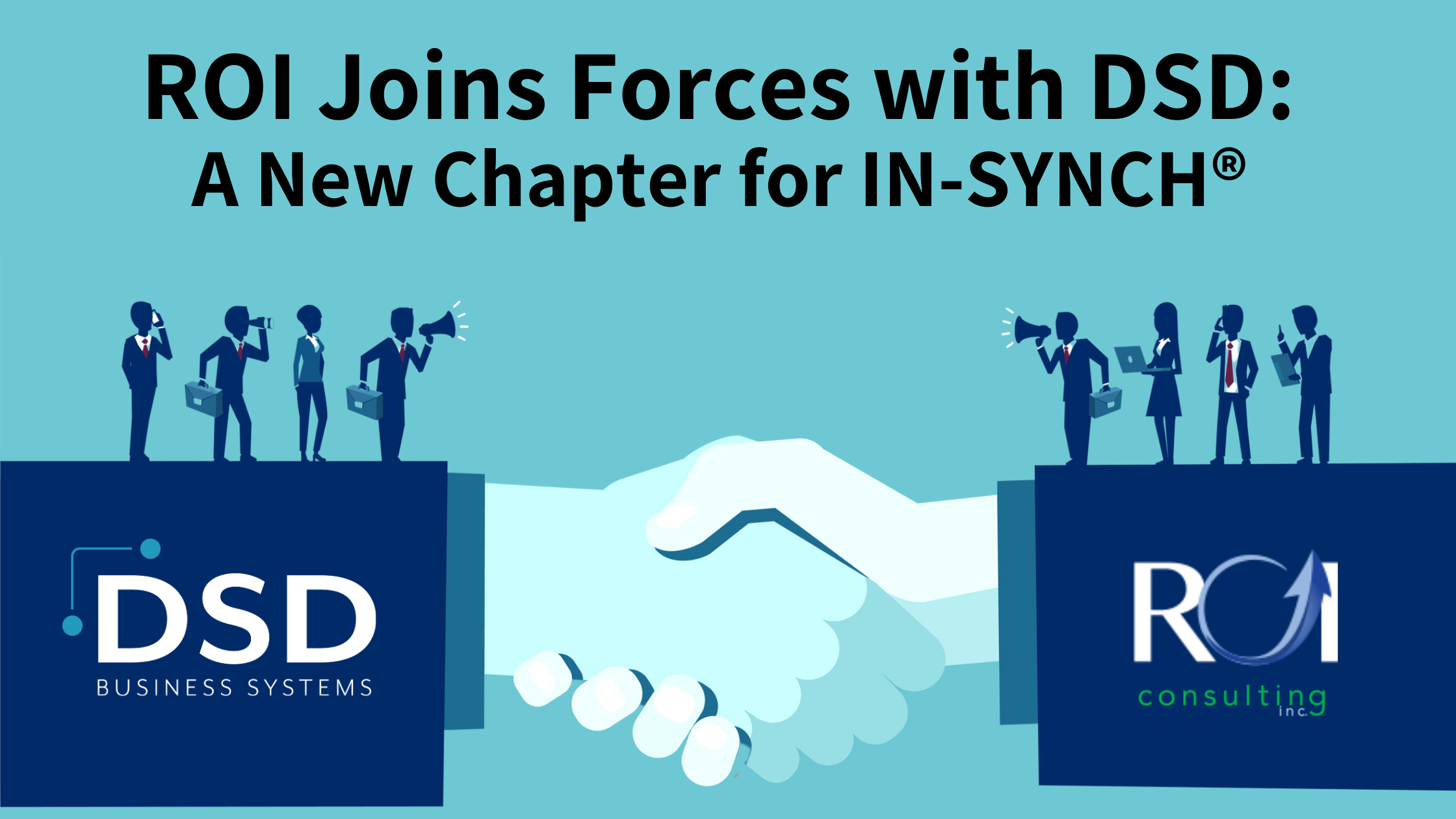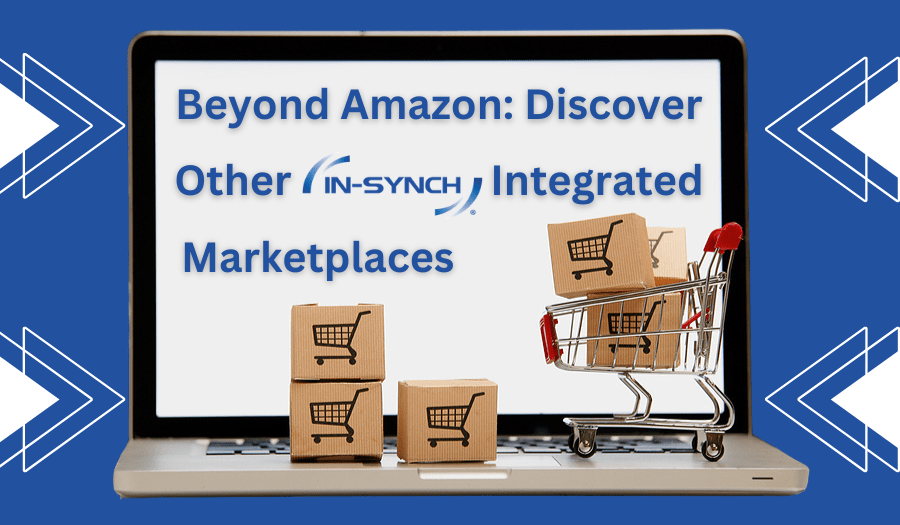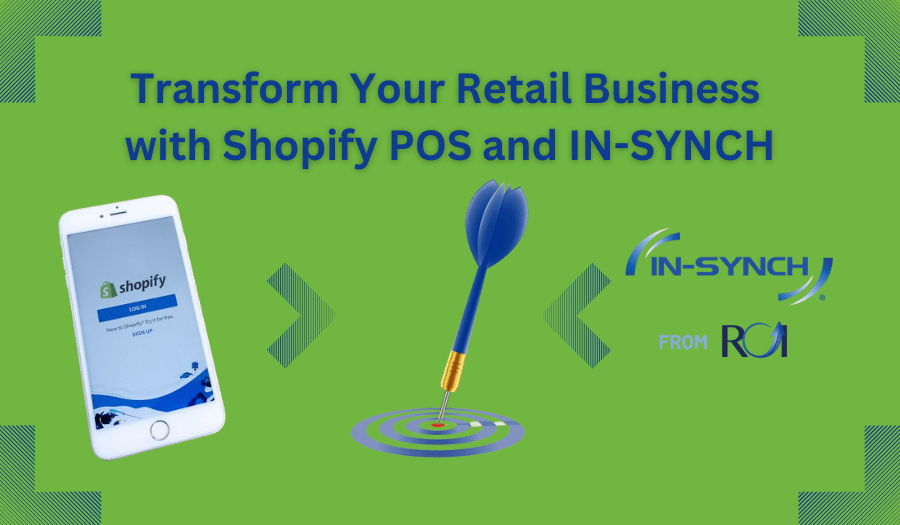By Ruth Richter • July 03, 2019
How many times, long before MapQuest and GPS were a thing, did you sketch out directions to your house or a favorite restaurant for a friend? Chances are you included lines, arrows, and maybe even some recognizable landmarks to look for. After all, you didn’t want them to get lost. Studies show that approximately 65 percent of the population are visual learners: Seeing something on paper makes it a lot easier to understand.
The same goes for your data: If you can draw it out, it’s a lot easier to understand how it’s all connected and see how you can map it to flow even better.
Data, Data Everywhere
If you’re like most of our clients, you run your ecommerce business through your own website—typically a popular platform such as Shopify or Magento 2—but you may also sell on a third-party marketplace like Amazon or eBay. Inventory might be stored on your enterprise resource planning (ERP) solution, while a warehouse management system handles shipping.
That’s a lot of data in a lot of different places, and it all needs to work together to make your business successful. That’s where the data flow diagram comes in.
What is a Data Flow Diagram?
A data flow diagram is exactly what it sounds like—a diagram that maps out the flow of information for a process or system. These diagrams are helpful to analyze existing systems for efficiency or model new systems. Because of their visual nature, data flow diagrams make it easy for everyone in the company—from developer to CEO—to understand what could be difficult to explain verbally.
Data flow diagrams typically have four components:
- External Entities: These are the outside systems that send or receive data and communicate with the system you’re diagramming. Typically, the sources and destinations of information entering or leaving the system, these will exist at the edges of your diagram.
- Processes: These are anything that changes the data and produces an output, including computations, data sorting, or data flow direction. Ecommerce data flow diagrams will have processes such as “send tracking information.”
- Data Stores: Using simple labels like “orders,” data stores are files that hold information for later use.
- Data Flow: The data flow is the route the data takes between external entities, processes, and data stores. Arrows denote the interface between components.
When mapping your data flow diagram, you should make sure that each process has at least one input and one output; each data store has at least one data flow in and one data flow out; any data stored in a system goes through a process; and all processes in a data flow diagram go to either another process or a data store.
How Does Your Data Flow?
For ecommerce businesses running multiple online carts, there can be a different process for each platform, which means a lot of manual work and potentially confusing processes to remember each time. This is where a data flow diagram can help clarify by creating a visual roadmap of what data needs to get to what store from what source.
Data flow diagrams also help clarify what data needs to be integrated and where. Integration software—such as IN-SYNCH by ROI Consulting—can keep your data flowing lightning fast between your ecommerce platform, third-party carts, ERP, CRM, and WMS; but to do that, you need to know ahead of time what goes where. Your integration will be most successful if you have a clear and accurate data flow diagram.
Get That Data Flow Going with IN-SYNCH and ROI
Don’t fear that you’ll be left alone with a marker, a whiteboard, and good luck wishes with expectation to create the perfect data flow diagram. You might already have a good idea of how your data flows—or at least, how you’d like it to flow. If you don’t, let the integration experts at ROI Consulting help you. With over 20 years of data flow and integration experience, ROI Consulting is the perfect partner to streamline your Sage 100 integration and connect all your data stores and sources through IN-SYNCH integration.
Ready to map your data? Contact us here or give us a call at 402-934-2223, 1.




